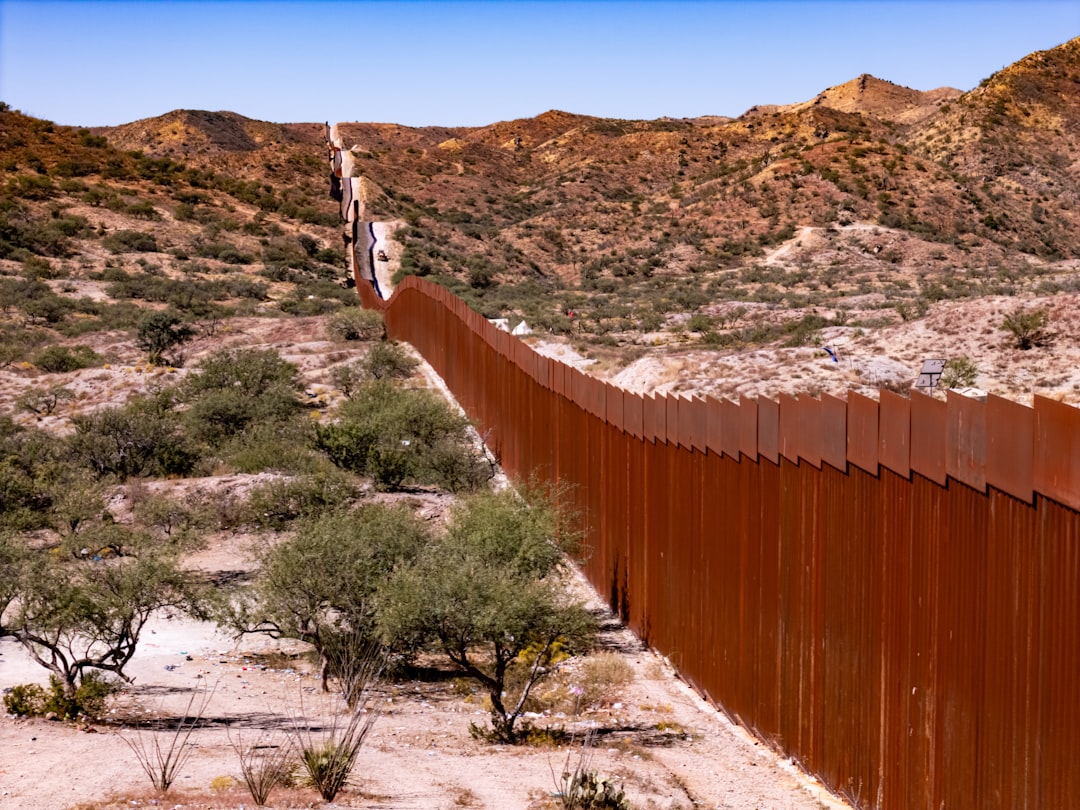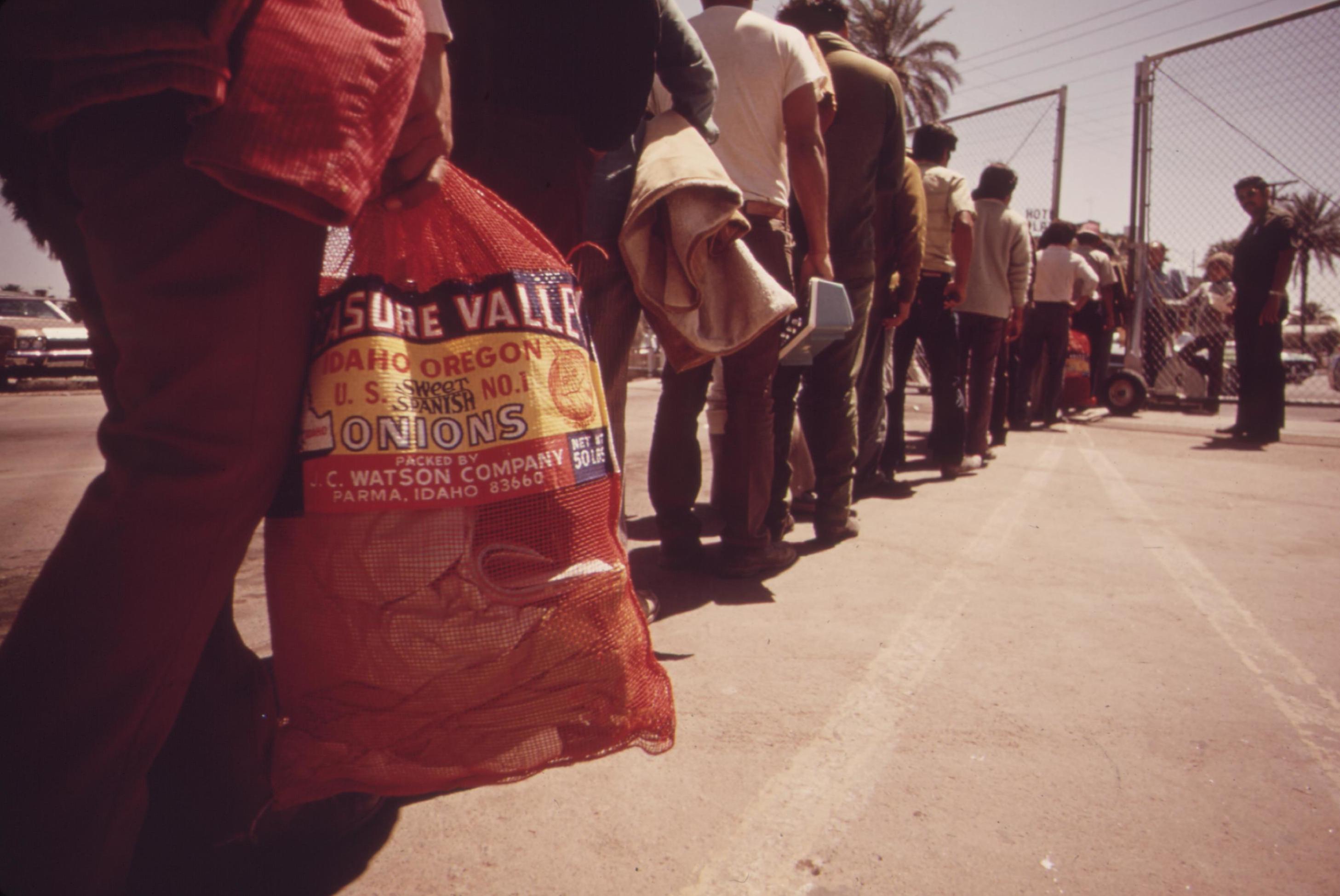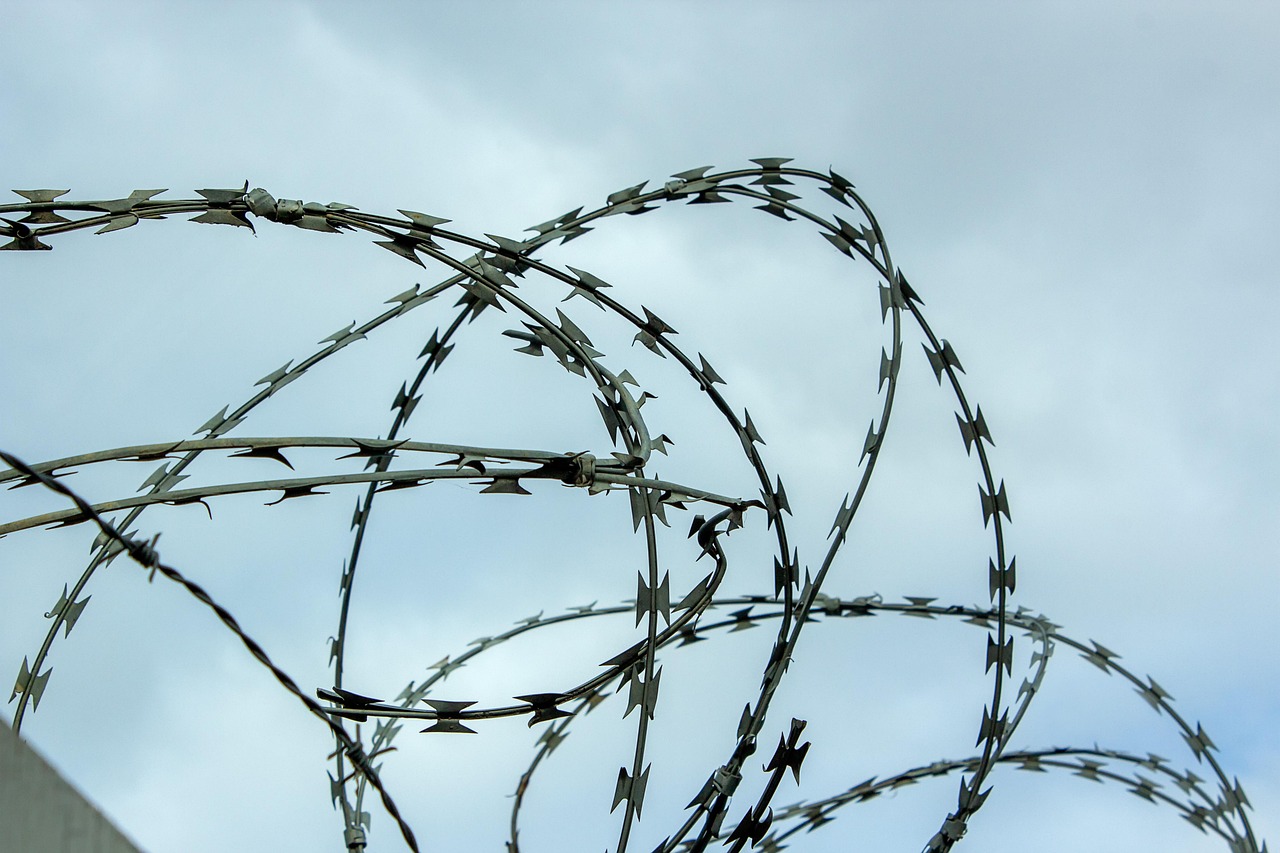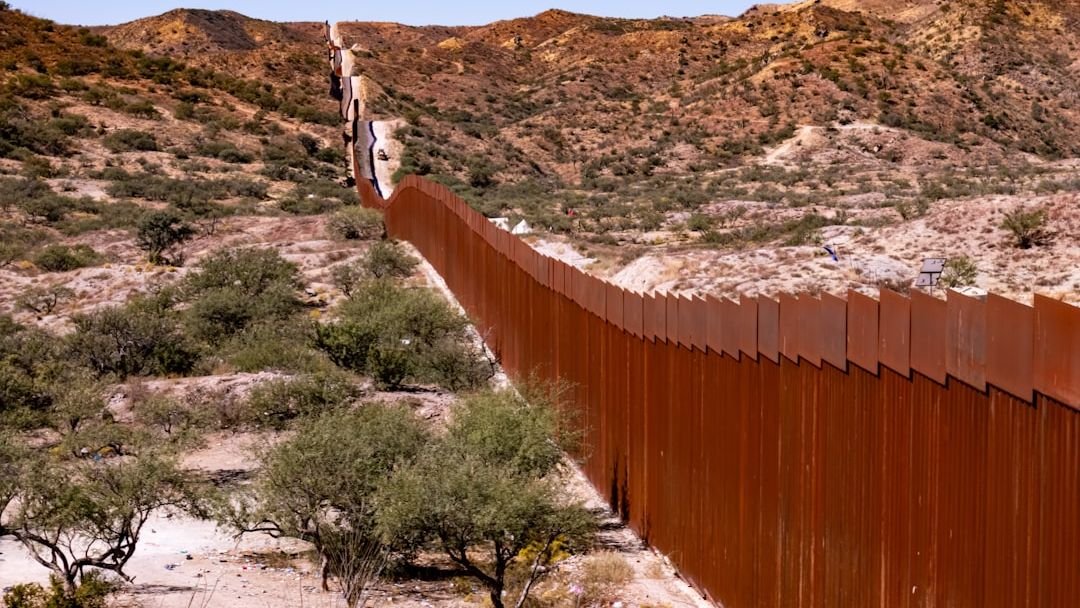The immigration debate has become one of the most polarizing issues in America, with cities across the nation experiencing vastly different realities. While some urban centers witness daily protests and heightened tensions, others have found an unexpected calm after years of crisis.
What’s happening along the Texas border tells a remarkable story of transformation. The streets that once symbolized America’s immigration challenges now paint a picture of dramatic change that few could have predicted just months ago.
A Divided Immigration Debate Across American Cities

In cities like Chicago, Los Angeles, and Portland, the immigration debate has reached a boiling point, spilling into the streets with near-daily demonstrations. Immigration agents have simultaneously increased arrests, heightening tensions between federal authorities and local communities.
Yet, hundreds of miles away in El Paso, Texas, the situation could not be more different. Once a flashpoint in the migrant crisis, the border city has grown remarkably quiet, its streets now calm after years of turmoil.
The Numbers Behind the Border Slowdown

The change has been dramatic. Migrant detentions along the 1,900-mile U.S.-Mexico border have fallen to a 50-year low.
In September, only 11,647 people were detained – down sharply from 101,000 in 2024 and 269,700 in 2023. This decline mirrors a pattern seen across the entire border, from California’s Pacific coast to Texas’s Gulf coast.
Local organizations like Annunciation House, which once ran more than 20 shelters, now operate just two, housing a small number of migrants – many of whom are preparing to return to their home countries.
The Trump Administration’s Border Control Strategy

Supporters credit the steep decline in crossings to President Trump’s renewed border policies, which emphasize enforcement and deportation. Administration officials say that for the past six months, no undocumented migrant arrested has been released into the U.S.
Most have been deported or remain in detention. Homeland Security leaders, including Border Czar Tom Homan and Secretary Kristi Noem, claim the country now has full “operational control” of the border – a goal Trump highlighted during his reelection campaign.
White House officials call the policy a “wildly successful strategy” that reversed what they describe as the “pro-illegal immigration policies” of the previous administration.
Community Reactions: Relief and Regret

For some border residents, the calmer atmosphere brings relief. Locals like Demesio Guerrero, a naturalized citizen from Mexico, describe the situation under Biden as “chaos everywhere” and now view Trump’s policies as necessary.
Others, however, express mixed emotions. Activists and humanitarian workers in El Paso, including Marisa Limon Garza of the Las Americas Immigrant Advocacy Center, say that while security has improved, deportations of longtime residents with no criminal record have deeply unsettled families.
The Transactional Records Access Clearinghouse found that over 70% of the 60,000 migrants detained in September had no criminal history.
A Community Caught Between Security and Compassion

Along the border, attitudes remain conflicted. Many residents acknowledge the need for stronger border protections, yet are disturbed by images of immigration raids and family separations.
Veterans and community members like Ross Barrera and Jesse Fuentes say these harsh measures have divided communities and left some regretting their political choices. “People are human,” Barrera said. “It bothers them to see someone who’s lived here for decades suddenly deported.”
As El Paso and other border towns adapt to this new reality, they find themselves balancing security concerns with compassion, in a region where nearly everyone has a connection to both sides of the border.
